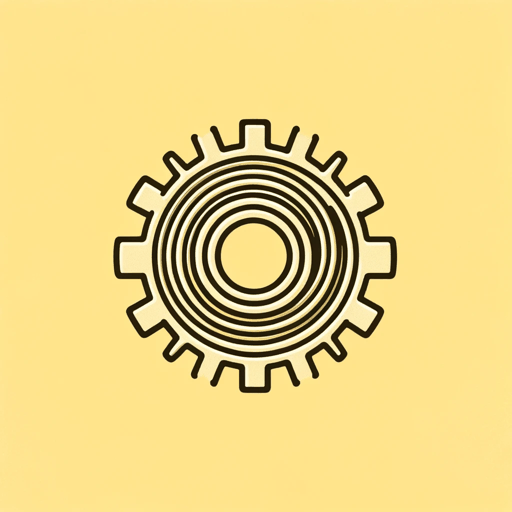57 pages • 1 hour read
Michael E. PorterThe Competitive Advantage Of Nations
Nonfiction | Book | Adult | Published in 1990A modern alternative to SparkNotes and CliffsNotes, SuperSummary offers high-quality Study Guides with detailed chapter summaries and analysis of major themes, characters, and more.
Part 2, Chapters 5-6Chapter Summaries & Analyses
Part 2: “Industries”
Part 2, Chapter 5 Summary: “Four Studies in National Competitive Advantage”
To gain a deeper understanding of national competitive advantage and the role of the main determinants in it, Porter examines four specific and successful industries from four different nations. While these industries reflect diverse structures and time periods, all demonstrate the different ways that the determinants in the Diamond model affect competitive edge.
The first industry Porter examines is the German printing press industry. The printing press was invented in Germany in 1440, and the country continued to dominate the industry even in the late 20th century. In 1985, Germany had a 50.2% share of world exports. A key to its early success in the 19th century was government support. As Porter highlights, “The king of Bavaria was actively trying to attract industry to the region” (183) and assisted K and B, the main producer at the time, by removing tariffs on all imports of necessary raw materials for the industry. The company also received a tax exemption for 10 years and benefited from lower labor costs in Oberzell, their base, than their main rivals in England. Boosting early advantage and success were the presence of new entrants in Germany, continual technology upgrades, and a precise differentiation strategy, whereby German firms competed on “high quality and reliability, high performance, and punctual delivery” (186).
Featured Collections
Books About Leadership
View Collection
Business & Economics
View Collection
Challenging Authority
View Collection
Class
View Collection
Class
View Collection
Colonialism & Postcolonialism
View Collection
Community
View Collection
Education
View Collection
Equality
View Collection
Globalization
View Collection
Nation & Nationalism
View Collection
Order & Chaos
View Collection
Power
View Collection
Teams & Gangs
View Collection
The Future
View Collection
The Past
View Collection
War
View Collection

